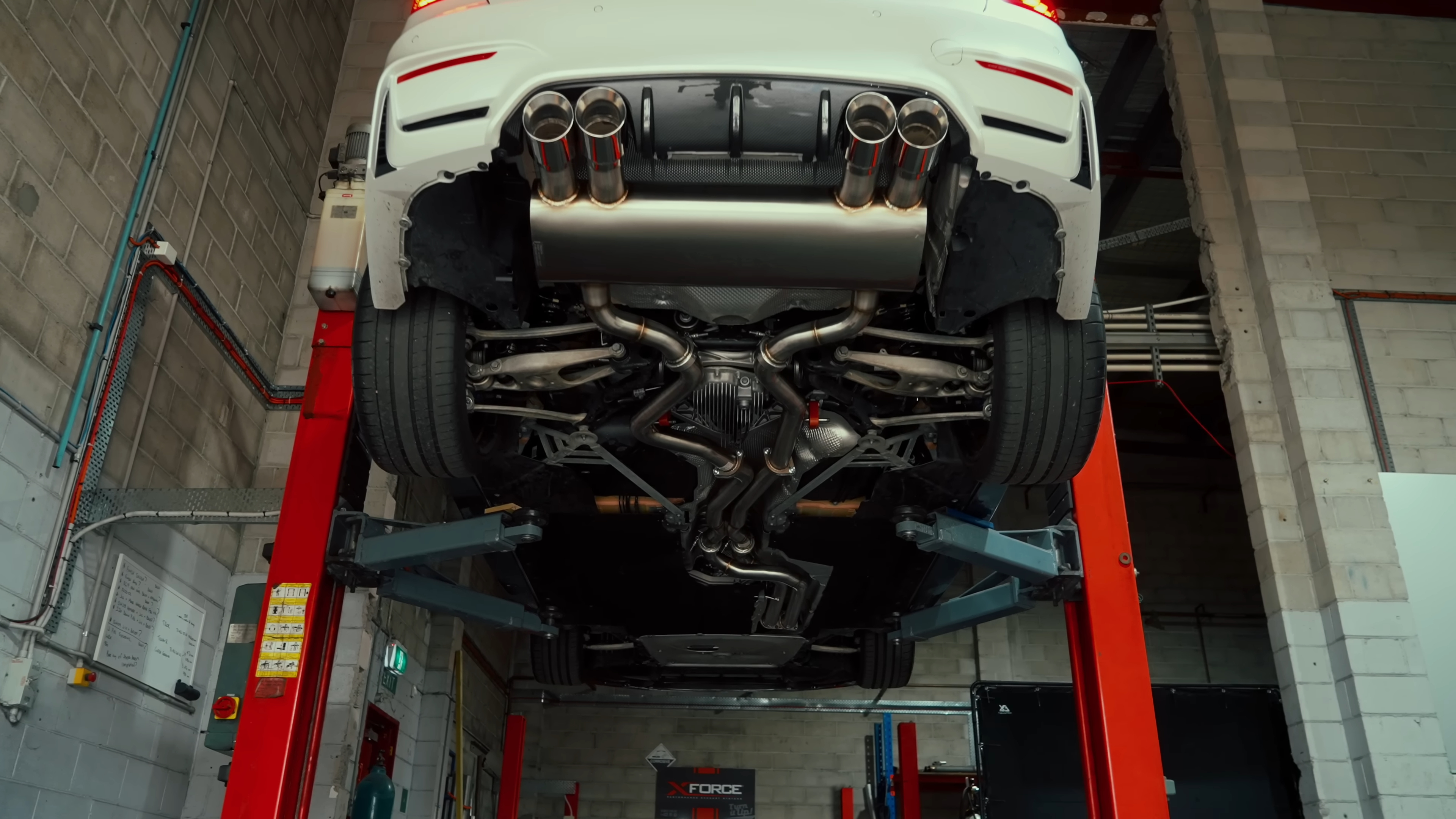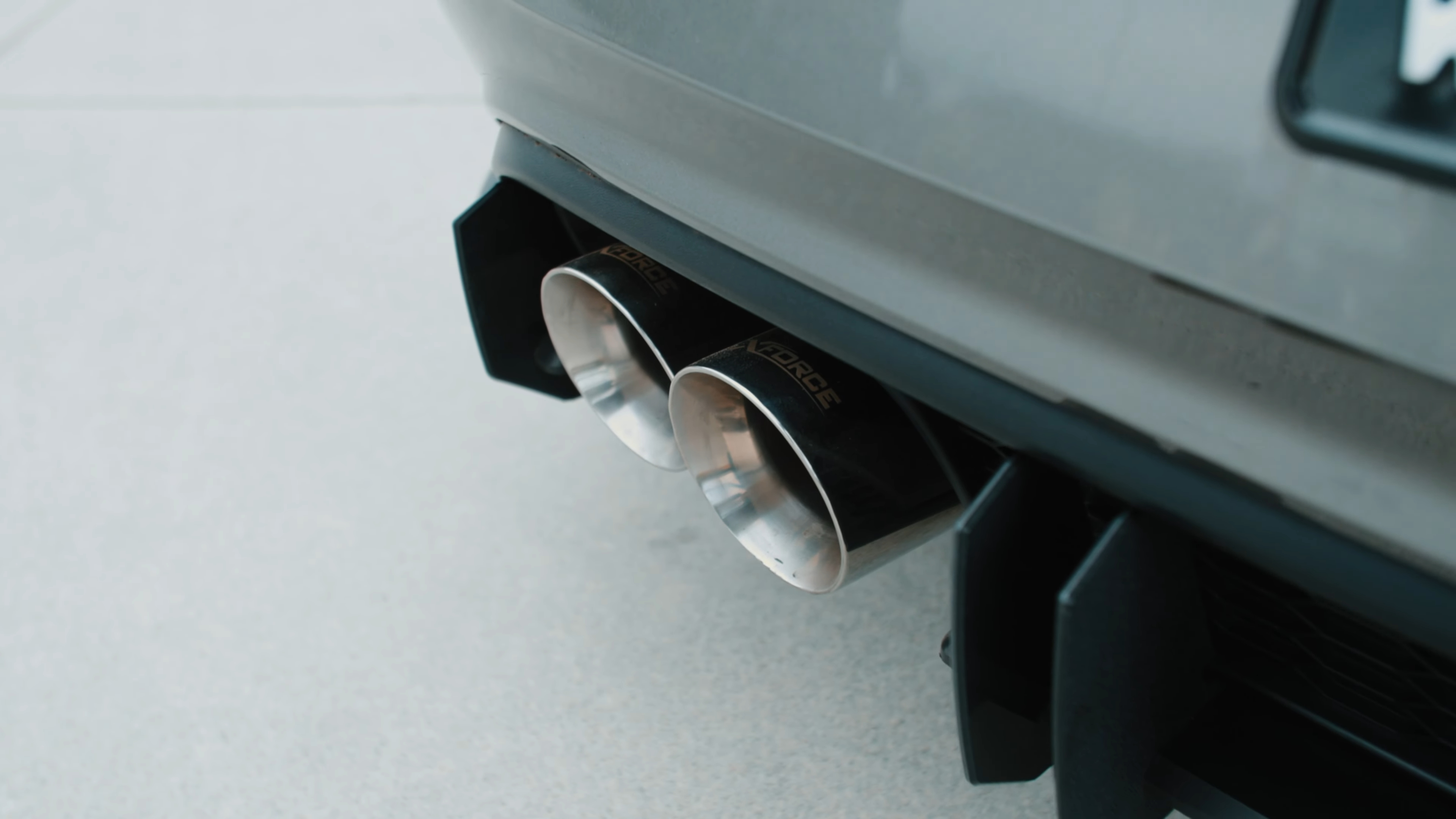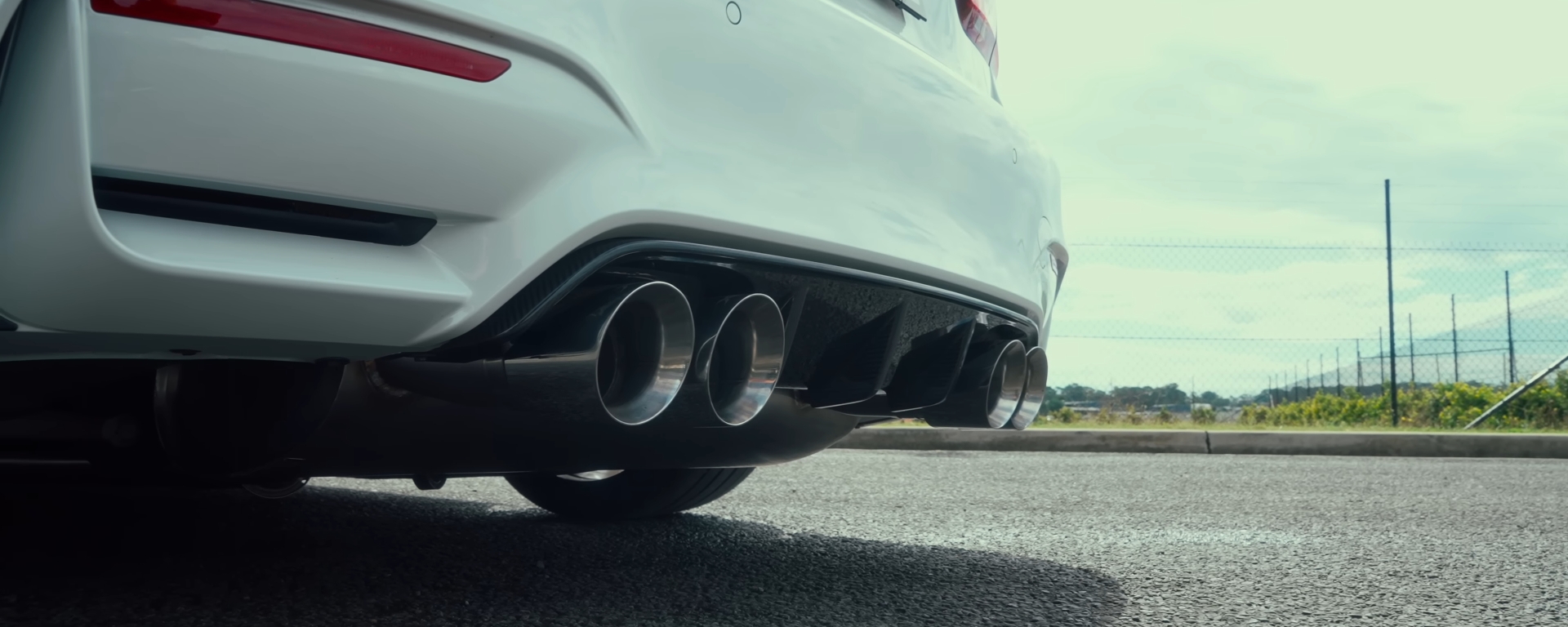The simplicity of combustion engines means the design (apart from a few tweaks) has remained unchanged for over a century. The engine draws outside air, mixes it with fuel at a defined ratio and ignites it to push pistons downward to turn a crankshaft. Combustion by-products, or the spent gases, exit the engine through the exhaust valves, and a system of tubes, allowing the next combustion cycle to take place.
How much power an engine produces depends on dozens of factors – from the overall displacement in the cylinder bores, the amount and pressure of air, how fuel is injected and the overall speed and rotational force the engine can reach. How efficient the engine is also matters, and here exhaust systems play a decisive role. The ability to increase the speed with which exhaust gases leave the vehicle, or exhaust velocity, means the engine can go about its main business of producing power. But this is often hindered by narrow tubing and numerous restrictions that not only reduce velocity but can also cause exhaust backpressure, ultimately impacting the combustion process.
This is the general take in most passenger cars. Fortunately, the aftermarket has resolved most issues in stock variants by offering performance exhausts. These come in dozens of configurations to suit different engines and vehicles, but their main goal is to extract all the power the engine has on tap. Anyone with performance and more engine power in mind can now purchase a performance exhaust online, and enjoy the benefits of a faster, more responsive car with a livelier exhaust sound to match.
Putting the ‘Performance’ in Performance Exhausts

So what qualifies as a performance exhaust? In simple terms, one that optimises exhaust velocity, minimises backpressure and airflow restrictions and has been engineered to produce more power. Builders have their own take with proprietary lines meant for different types of vehicles and applications. But common in all aftermarket exhausts is:
- Wider, straighter tubing – wider pipes in simpler layouts increase exhaust velocity while limiting backpressure or pulsating. The biggest gains in this respect are revised headers that draw gases out of the cylinders. Mid and end sections too are at least half an inch wider.
- Upscale materials – much of the price in performance exhausts is down to better materials. Stainless steel has substantially higher tensile strength than mild steel in stock units and can cope with higher temperatures. It keeps its sheen for longer too, with superior performance against rusting. Alternatively, spend more on titanium or carbon fibre parts, and enjoy the weight savings.
- Improved production methods – mandrel bending is miles ahead of the crush-bent mild steel deployed in mass-produced factory systems. This tempers the steel and prevents dents and kinking. By keeping widths uniform along the whole length of the tubing, the process also ensures better airflow and improved efficiency.
- Parts that mean business – most airflow restrictions are from parts that reduce emissions and the sound leaving the tips to meet strict regulations. Builders have thrown some engineering wizardry here, using high-flow cats for street-legal cars, or catalytic deletes in vehicles only for track work. And reworked mufflers and resonators with fewer bends to produce a louder exhaust tune, but one still within the law. Wider straight pipes can also be deployed along other sections to better effect.
- Aesthetics – Jack up a car with a fitted performance system; you can see art and engineering expertise melded into one. Especially pleasing are the symmetrical X and H-pipe dual systems in V6 and V8 engines, protective coatings for a polished sheen, and the details in the tips. Buyers can also go with varying muffler shapes and configurations to add a little character and tune the sound.
Buying the Exhaust You Want

Shopping for the exhaust that gets the most out of your car has never been easier. You can get a performance exhaust online, and even arrange installation at your local mechanic. But before shelling out serious cash, there are a few key considerations.
Designs differ between exhaust builders, but all ‘complete’ systems fall into axle-back, cat-back or header-back types. Axle-back systems include wider and better-built tubing from the rear axle to the exhaust tips, mainly focussing on less-restrictive mufflers and tailpipes for improved sound. They do add a bit of horsepower, but not something to brag about. Add wider mid-section tubes in a cat-back system, and you will notice more substance to the sound and a few added ponies under the hood. Header-back exhausts get more power with redesigned headers for improved scavenging, drawing out gases faster. The design used on bigger displacement engines can create an additional 10 per cent of added power, for faster acceleration, improved throttle response and quick lap times. A reiteration of the header-back design is turbo-back systems, and these reuse some of the exhaust gases to spool turbines to push even more air in for burning.
This leads to vehicle and engine compatibility. A performance exhaust needs to suit the cylinder count and configuration, meaning differences in single and twin exhausts; the fuel type with variants for petrol and diesel engines (the latter with a fitted DPF filter) and whether engines are naturally aspirated or turbocharged.
Lastly, think about brands. Some popular names have provided engineered systems that have propelled many cars, teams and drivers onto podiums. Brands with racing affiliations are always the way to go. They have top-tier systems with prices that suit performance vehicles and deliver on every account and affordable but very decent exhausts that still get all the basics right.
